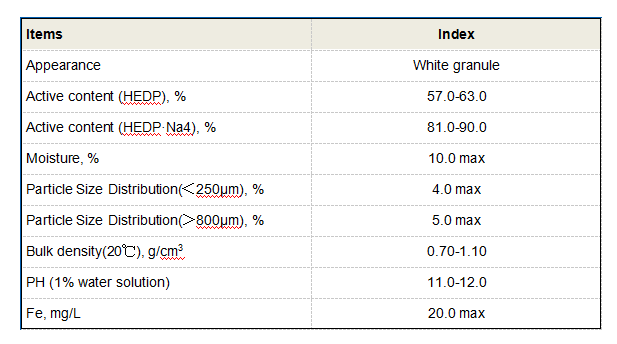Safety Data Sheet Overview for Polyaluminum Chloride Details and Handling Guidelines
Understanding the Safety Data Sheet (SDS) for Polyaluminum Chloride
Polyaluminum chloride (PAC) is a widely used coagulating agent in water treatment, paper manufacturing, and various industrial processes. Given its pervasive use, it’s critical for professionals handling this chemical to be well-versed in its properties and the safety measures required when working with it. The Safety Data Sheet (SDS) provides crucial information regarding the safe handling, potential hazards, and emergency measures associated with PAC.
Chemical Identification
Polyaluminum chloride is a generic term for a range of chemical compounds containing aluminum. It is often supplied as a liquid or powder that varies in composition based on aluminum and chloride content. The main application of PAC lies in its ability to efficiently remove impurities from water, making it a staple in municipal water treatment plants and industrial effluent processing.
Composition and Properties
The SDS for polyaluminum chloride outlines its chemical properties, including its formula, molecular weight, and physical state. Generally, PAC appears as a colorless to yellowish opaque liquid with a characteristic odor. It is soluble in water and exhibits a slightly acidic pH. Understanding these intrinsic properties is essential for determining its interactions with other materials and its effectiveness in various applications.
Hazards Identification
The SDS categorizes potential hazards associated with PAC. While it is not classified as highly toxic, it can cause irritation upon contact with skin, eyes, or respiratory tract. Ingestion can lead to gastrointestinal disturbances. The SDS emphasizes the importance of using personal protective equipment (PPE) such as gloves, goggles, and masks to mitigate exposure during handling.
Acute exposure, particularly through inhalation, may result in respiratory symptoms, while chronic exposure can affect the kidneys and other systems
. Hence, it becomes vital for workers to be aware of these risks and adhere to recommended safety practices.polyaluminum chloride msds

First Aid Measures
The SDS provides protocols for first aid in case of exposure to PAC. In the event of skin contact, the affected area should be washed with soap and water, while any eye contact necessitates careful rinsing with plenty of water for at least 15 minutes. If inhaled, the person should be moved to fresh air, and if symptoms persist, medical assistance should be sought. In cases of ingestion, it is imperative to avoid inducing vomiting and to seek medical help immediately.
Fire Fighting Measures
While polyaluminum chloride is not considered flammable, the SDS includes fire safety measures. In the event of a fire, appropriate extinguishing media such as water spray, foam, dry chemical, or carbon dioxide should be used. Firefighters should wear self-contained breathing apparatus to prevent inhalation of hazardous smoke or fumes generated during combustion.
Handling and Storage
To ensure safe handling and storage of PAC, the SDS advises protocols such as maintaining a clean workspace and avoiding contact with incompatible materials. It should be stored in a cool, dry place, away from direct sunlight or extreme heat. Containers need to be securely closed and labeled to prevent accidental exposure.
Conclusion
The Safety Data Sheet for polyaluminum chloride is an essential tool for anyone working with this chemical. It equips users with critical information to handle the material safely, respond effectively to emergencies, and understand the related health hazards. Compliance with the guidelines set out in the SDS not only protects individual health but also enhances overall workplace safety, ensuring that the benefits of PAC in water treatment and industrial applications can be realized without compromising safety standards. Awareness and education regarding the SDS can lead to safer practices and potentially minimize risks in environments where polyaluminum chloride is involved.
-
Water Treatment with Flocculant Water TreatmentNewsJun.12,2025
-
Polymaleic AnhydrideNewsJun.12,2025
-
Polyaspartic AcidNewsJun.12,2025
-
Enhance Industrial Processes with IsothiazolinonesNewsJun.12,2025
-
Enhance Industrial Processes with PBTCA SolutionsNewsJun.12,2025
-
Dodecyldimethylbenzylammonium Chloride SolutionsNewsJun.12,2025





